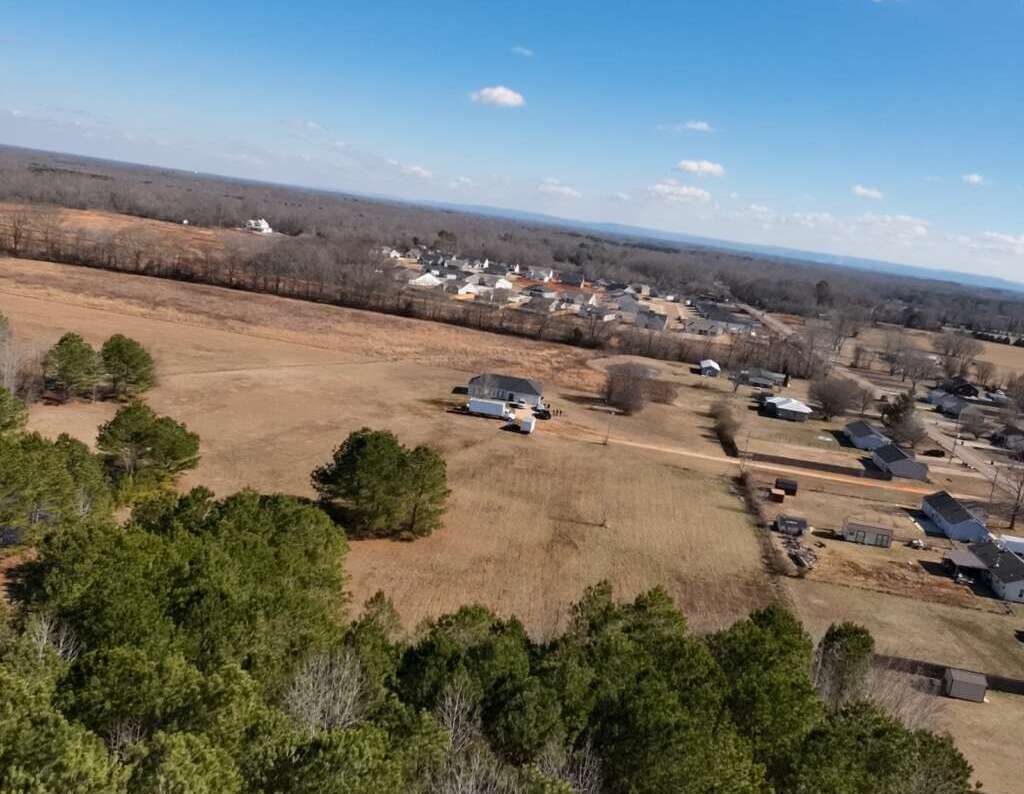You’ve checked your zoning. You’ve read the code. You’re ready to design.
But there’s a hidden layer in Alabama development that most landowners never even consider until it’s too late.

It’s called the comprehensive plan, and while it’s not a legally binding document, it holds enormous power over whether your project gets approved or rejected.
Understanding how comprehensive plans work, and how they can block even legally-zoned uses, is critical for anyone looking to build, subdivide, or repurpose land in Alabama.
So let’s pull back the curtain on this under-the-radar issue before it costs you months of delays and tens of thousands in redesigns.
What Is a Comprehensive Plan?
A comprehensive plan (also called a master plan or general plan) is a long-range planning document created by a city, county, or regional agency. It outlines a community’s goals for growth, land use, transportation, infrastructure, environmental protection, and economic development.
Comprehensive plans often include:
- Future land use maps
- Development priority zones
- Transportation and utility infrastructure goals
- Density and housing diversity strategies
- Environmental protection zones
- Areas designated for urban vs. rural preservation
It’s a big-picture document that guides local officials when deciding how and where development should occur—regardless of what the current zoning allows.
In short: even if your land is zoned for something today, if the comprehensive plan suggests a different long-term use, your project could face resistance or denial.
The Plan vs. The Code
Here’s where many landowners get tripped up.
Zoning is law. The comprehensive plan is policy.
But policy informs law—and it shapes decisions made by zoning boards, planning commissions, and city councils. When a proposed development contradicts the comprehensive plan, it raises red flags during public hearings, staff reviews, and conditional use processes.
For example:
You might own land zoned for R-2 residential, which legally allows you to build a small multifamily property. But if the comprehensive plan labels your area as low-density residential preservation, the city could:
- Deny your building permit
- Require a rezoning or conditional use approval
- Ask for additional studies or redesigns
- Recommend against your project in public review
This isn’t hypothetical—it happens all the time across Alabama, especially in counties with active planning departments like Jefferson, Shelby, Madison, and Baldwin.

How to Know If Your Project Aligns
Your land’s current zoning and the future land use designation in the comprehensive plan must both support your intended development for it to proceed smoothly.
To evaluate this alignment, we examine:
- The future land use map for your area
- Overlay districts and redevelopment zones
- Any neighborhood-specific small area plans
- Housing and infrastructure priority corridors
- Community objections and prior denials on similar sites
Without this strategic lens, many developers pour resources into designs that are doomed from the start not because they’re illegal, but because they don’t align with the city’s long-term vision.
Case Study: The “Wrong Plan” Subdivision
In North Alabama, one landowner had 15 acres zoned for residential development. The zoning allowed for 20 homes. They hired a surveyor, got a site plan drafted, and submitted for subdivision approval.
But the local planning staff flagged their project because the land was within a “rural preservation corridor” under the city’s comprehensive plan.
The planning commission ultimately denied the application, citing the desire to maintain low-density, agricultural character in the area.
The result?
- $18,000 in wasted engineering and legal costs
- 5 months lost to redesign
- A forced pivot to just 5 large-lot estate homes, reducing ROI by over 60%
All because they didn’t start with a comprehensive plan review.

How UrbanPlanningPros Helps You Align (and Win)
At UrbanPlanningPros, we go beyond zoning code interpretation. We dig into the real layers of policy and politics that shape land development in Alabama.
Our process includes:
- Reviewing your property’s current and future land use designations
- Evaluating plan consistency and potential pushback
- Recommending design tweaks or phasing strategies that align with local goals
- Coordinating with planning staff before you ever submit a plan
- Helping prepare for public hearings or rezoning applications if needed
We don’t just tell you what’s possible, we help you craft a strategy that matches your vision with what the city wants to approve.
Don’t Let a Hidden Map Derail Your Project
You can follow every law, meet every setback, and still get denied—if your project doesn’t align with the comprehensive plan.
That’s why we treat these plans like the playbook they are.
Before you invest in design, hire an engineer, or submit your application, let’s map out your development strategy and ensure you’re not running uphill against local policy.
Schedule Your Land Use Strategy Session Now
https://urbanplanningpros.com/contact
Because knowing your zoning is smart.
But knowing the plan behind the zoning?
That’s how smart landowners win.



Add a Comment